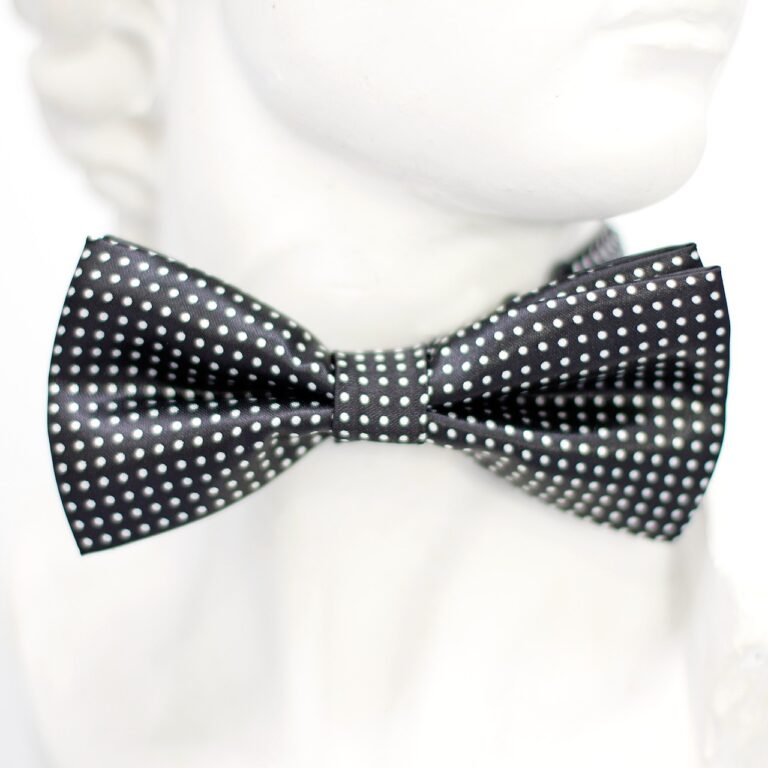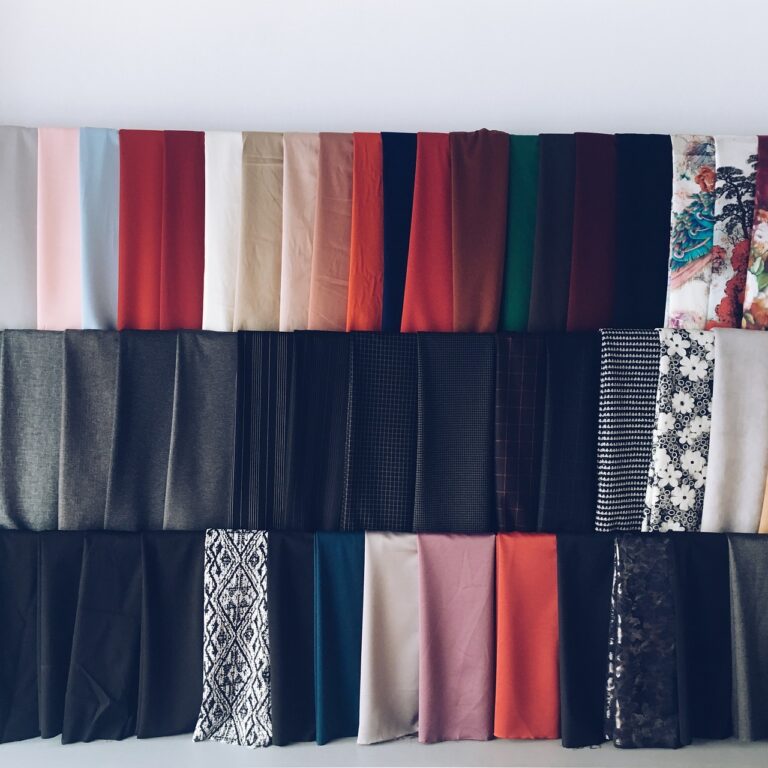Analyzing the Rise of Gender-Neutral Fashion Trends
Fashion norms have continuously shifted over centuries, mirroring changes in societal values, technological advancements, and cultural influences. In the past, clothing was primarily functional, serving to protect individuals from the elements. As societies developed and social hierarchies emerged, clothing also became a symbol of status and wealth. The evolution of fashion norms highlights how clothing has transformed from a basic necessity into a mode of self-expression and individual identity.
Throughout history, fashion trends have been shaped by major events such as wars, economic crises, and political revolutions. These upheavals have not only influenced the types of clothing worn but also the materials used and the colors favored. Additionally, the rise of globalization and the rapid spread of information in the digital age have further accelerated the evolution of fashion norms, creating a diverse and interconnected sartorial landscape.
Societal Impact on Gendered Clothing
Gendered clothing has long been used as a means of reinforcing societal norms and expectations regarding gender roles and identity. From a young age, individuals are often socialized to believe that certain styles of clothing are appropriate or “normal” for their assigned gender. This can influence individuals to conform to traditional gender expressions, limiting their freedom of self-expression and creativity in fashion choices.
The societal impact of gendered clothing extends beyond personal self-expression to larger issues of gender inequality and representation. By attributing specific clothing styles to particular genders, society perpetuates rigid gender stereotypes that can contribute to the marginalization and exclusion of individuals who do not conform to these norms. This can have detrimental effects on individuals’ self-esteem, mental health, and overall well-being, highlighting the need for more inclusive and diverse representations in the fashion industry.
How have fashion norms evolved over time?
Fashion norms have evolved significantly over time, reflecting changing societal attitudes towards gender and self-expression.
What role does society play in shaping gendered clothing?
Society plays a significant role in shaping gendered clothing by enforcing cultural norms and expectations surrounding gender identity and expression.
How do societal perceptions of gender influence fashion choices?
Societal perceptions of gender influence fashion choices by dictating which clothing styles are considered appropriate or desirable for individuals based on their gender identity.
Are gendered clothing norms becoming more flexible in modern society?
Yes, gendered clothing norms are becoming more flexible in modern society as individuals challenge traditional gender stereotypes and embrace non-binary or gender-fluid fashion styles.
Why is it important to consider the societal impact on gendered clothing?
It is important to consider the societal impact on gendered clothing in order to understand how cultural norms and expectations shape our perceptions of gender and influence our fashion choices.





